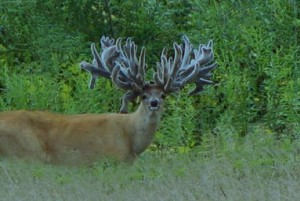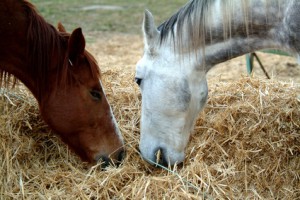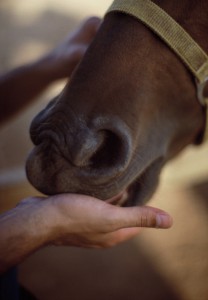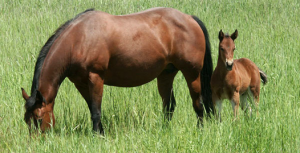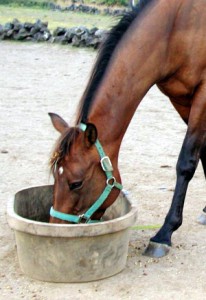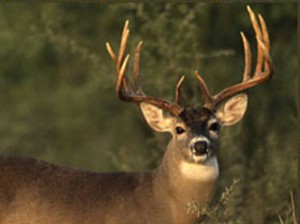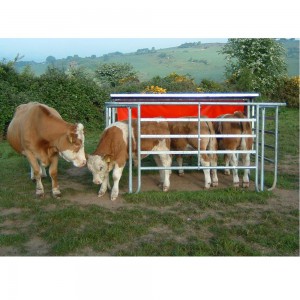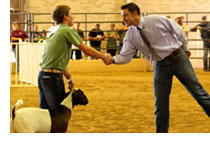 Recent high school graduate Cuatro Schauer shattered records with his prize winning steer at the Fort Worth Stock Show in February.
Recent high school graduate Cuatro Schauer shattered records with his prize winning steer at the Fort Worth Stock Show in February.
Cuatro’s cash cow, Spider Monkey, was auctioned off during the Sale of Champions for an astounding $230,000, making it the highest price paid in the shows 116-year history and beating the previous record of $210,000 set in 2010.
Cuatro, a recent graduate of A.C. Jones High School in Beeville, Texas, has been showing steers for nine years, goats for about seven and just recently started showing lambs as well.
“My uncle raises show steers, and he got me into it,” Cuatro said. “He got me my first steer and after that I was sold.”
Showing seems like a natural hobby for Cuatro with the Schauer family background. “My family owns a Purina Feed store that my dad took over in 1994, but my grandpa has been selling feed since 1969,” Cuatro said.
Cuatro attends about ten big shows a year and 15 to 20 prospect shows. Even before his big win at the Fort Worth Stock Show in February, he had some big wins under his belt. Cuatro won the Grand Champion Youth Market Goat at the State Fair of Texas in 2011, Grand Champion Junior Market Steer during the 2011 Rodeo Austin, the Grand Champion Lamb at the 2009 State Fair of Texas and the Reserve Grand Champion steer and medium wool lamb in the San Angelo Stock Show.
In addition to Cuatro’s success, the combination of the people he meets and his competitive drive keep him coming back every year.
“I’ve met a bunch of my really close friends through showing. You’ve got a kind of bond. Someone you meet at a show knows what you do and why you do it,” Cuatro said. “I like showing because you get to see everyone at the shows that you meet, but I am very competitive,” Cuatro said.
Cuatro will be going to Texas A & M this fall to major in Animal Science, along with many of his show friends. Until then he will continue to fill his days taking care of his animals and showing. When he has down time, Cuatro also enjoys golfing, fishing and hunting.
Cuatro is a dedicated customer of Honor® Show Chow® products because of their proven consistency and the results.
“It is one less thing you have to worry about when you go to feed the barn everyday,” Cuatro said.

